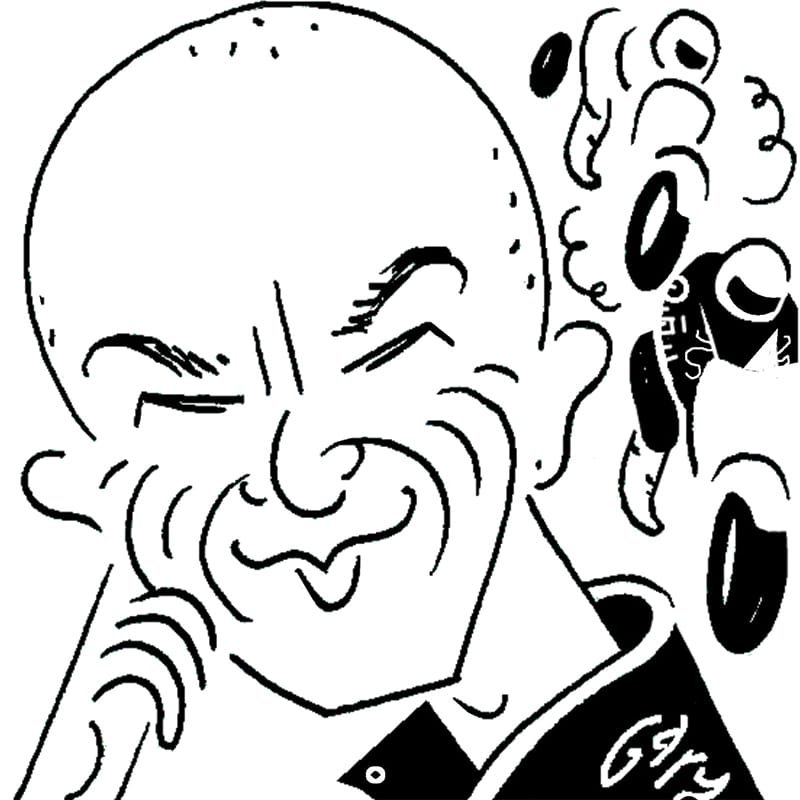Mat Oxley: 'Top speed is more important than ever in MotoGP'
"The least risky place to overtake, for MotoGP riders and tyres, is in a straight line"
MotoGP testing gets underway at Sepang, Malaysia, on February 10, with Aprilia, Honda, KTM and Yamaha hoping to close the gap on Ducati. How will they do it? With great difficulty.
MotoGP is increasingly closely fought, with last year’s Australian Grand Prix featuring the tightest top 10 in history, with 5.9sec covering the first 10 riders past the chequered flag. That’s a lap-time difference between the winner and 10th-place finisher of two-tenths of a second.
MotoGP is super-close because the rules were written that way but now all the motorcycles perform so similarly that overtaking has become much more difficult. Last year almost a third of MotoGP races were start-to-finish victories, which would’ve been unimaginable a few years ago.
Thus top speed is more important now than it’s ever been, because the least risky and stressful place to overtake, for riders and their tyres, is in a straight line. Ducati has always understood the significance of a top-speed advantage, which is why its Desmosedici MotoGP bike was the fastest machine in the class when the company first contested the championship in 2003, at 206.5mph, and still is, at 225.8mph, achieved during last year’s Italian GP at Mugello.
Ducati won’t reveal exact numbers but its desmodromic 16-valve 1000cc V4 engine makes around 300hp. Its rivals in engine performance are the Aprilia, Honda and KTM, also powered by V4 engines, but with pneumatic valves.
During the last two seasons Ducati has found decent cornering performance for the first time, hence Pecco Bagnaia’s 2022 championship success, but the Desmosedici isn’t yet MotoGP’s best-turning motorcycle. It’s therefore in this area where Ducati’s opponents are working hardest, because if the rider can enter the corner well and turn the motorcycle quickly, then the sooner he can lift the bike onto the fatter part of the rear tyre and open the throttle harder for faster exits.
Engineers work on various aspects of performance to achieve this goal, including engine-braking strategies, chassis flex and downforce aerodynamics. Of course, the story starts with corner entry, because the bike won’t turn if you can’t reduce its speed sufficiently.
“In braking you have three phases,” explains Aprilia chief engineer Romano Albesiano. “When you still have weight on the rear so you can exploit that [by using the rear tyre to help stop the bike]; when the rider is really pulling the front brake lever so there’s almost no weight on the rear; and when the rider starts releasing the brake and using some lean angle, which puts load on the rear. This area is the key for performance – the first target for everybody.”
Honda’s MotoGP technical director Takeo Yokoyama agrees. “Going into corners is the most critical point,” he confirms. “Many times riders complain there’s no traction out of the corner, so no acceleration, but then we realise the problem is in corner entry.”
“Last year’s Australian GP was the tightest top 10 in history”
KTM didn’t win a single race last season, largely due to turning issues, which affected the RC16’s straight-line performance.
“We take a wide radius in corner entry,” says KTM MotoGP project leader Sebastian Risse. “The bike stops well, but then we have to stop even more than the others and take a more rounded line, because we struggle with turning the bike. If we could use three degrees more lean for a short time in the middle of the corner, then we would have the room to use less lean later in the corner. And that’s where the tyre’s contact patch gets bigger and that’s where you gain better corner-exit performance.”
Yamaha has arguably the most interesting challenge for 2023. Following Suzuki’s recent exit from MotoGP, Yamaha is the only manufacturer using an inline-four engine. Inline-fours make less power than V4s but create better handling dynamics, because their longer crankshafts stabilise the motorcycle.
Yamaha’s top-speed handicap has become such an issue that the company has hired former Ferrari Formula 1 engineer Luca Marmorini to squeeze more power out of its YZR-M1 engine. At the same time Yamaha engineers are adjusting the M1’s chassis, so the bike can fight more effectively with its V4 rivals.
Generally, V4s use V-shaped cornering lines, while inline-fours use U-shaped lines, which create more corner speed, so long as the riders have enough room to take these wider, arcing lines. The problem for Yamaha’s 2021 MotoGP champ Fabio Quartararo is that he’s usually so boxed-in by his numerous V4 rivals that he can’t use the M1’s superior corner speed.
“In the last few years the way to perform in MotoGP has changed because we introduced a lot of downforce with the wings,” says Quartararo’s crew chief Diego Gubellini. “This helps the bike to turn [increasing grip]. With more front downforce we have changed overall weight distribution to improve rear grip for better exits.” Thus Yamaha is transforming the M1 into a V-line, point-and-squirt machine.
Downforce aerodynamics is a fresh area of exploration for MotoGP, which is why Aprilia, like Ducati, has hired several former Ferrari Formula 1 aerodynamicists.
“Motorcycles are a new world for these people, like when Columbus went to America,” adds Albesiano. “Nobody has been there before, so you can make something new, really discover something, so it’s exciting!”
Mat Oxley has covered motorcycle racing for many years – and also has the distinction of being an Isle of Man TT winner
Follow Mat on Twitter @matoxley





























































































































































